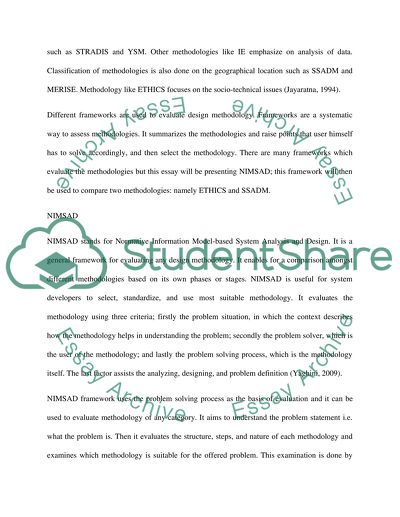Cite this document
(“NIMSAD Essay Example | Topics and Well Written Essays - 2750 words”, n.d.)
NIMSAD Essay Example | Topics and Well Written Essays - 2750 words. Retrieved from https://studentshare.org/miscellaneous/1572870-nimsad
NIMSAD Essay Example | Topics and Well Written Essays - 2750 words. Retrieved from https://studentshare.org/miscellaneous/1572870-nimsad
(NIMSAD Essay Example | Topics and Well Written Essays - 2750 Words)
NIMSAD Essay Example | Topics and Well Written Essays - 2750 Words. https://studentshare.org/miscellaneous/1572870-nimsad.
NIMSAD Essay Example | Topics and Well Written Essays - 2750 Words. https://studentshare.org/miscellaneous/1572870-nimsad.
“NIMSAD Essay Example | Topics and Well Written Essays - 2750 Words”, n.d. https://studentshare.org/miscellaneous/1572870-nimsad.


